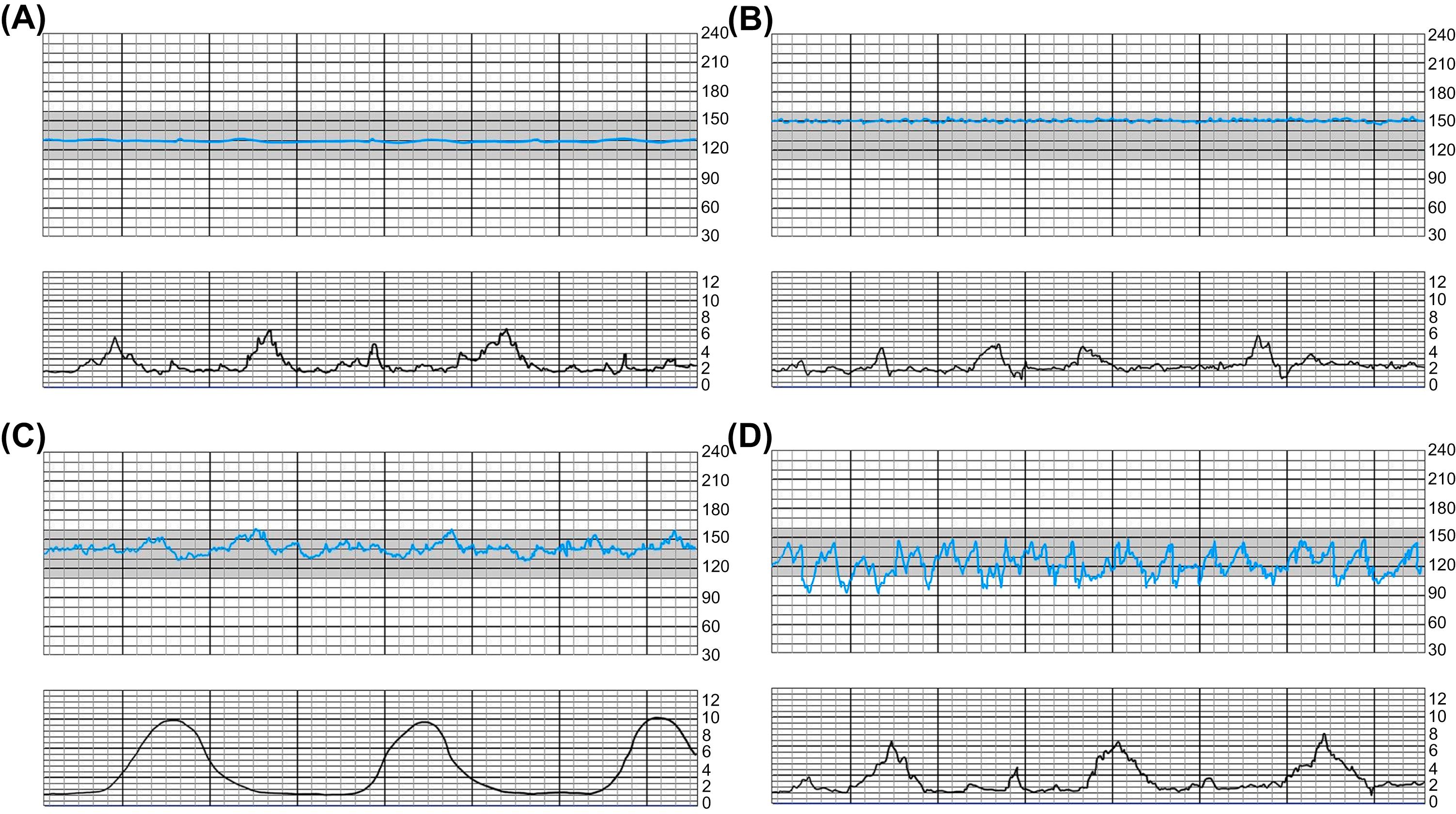Physical Address
304 North Cardinal St.
Dorchester Center, MA 02124
Classify fetal heart rate patterns according to the three-tiered system of categorization.
Assess and develop management plans for intrapartum fetal heart rate tracings.
Assess and develop management plans for uterine contraction patterns.
Discuss variables that can affect the maternal–fetal oxygen pathway.
Interpret fetal cord gas results.
Fetal heart rate monitoring is the most common obstetric procedure, and yet it remains a frustrating technology, plagued by false-positive results and miscommunication between providers.
The goal of fetal heart rate monitoring is to assess fetal well-being. A normal fetal heart rate tracing requires normal oxygenation of the mother and normal placental transfer of oxygen to the fetus. Any process that causes a break in the oxygen pathway can cause fetal heart rate abnormalities. Understanding this physiology is important to intervening to improve fetal oxygenation. Potential breaks in the oxygen pathway are summarized as follows:
Maternal lungs
Respiratory depression (narcotics, magnesium)
Pneumonia/ARDS
Pulmonary embolus
Pulmonary edema
Asthma
Atelectasis
Maternal heart
Reduced cardiac output
Hypovolemia
Decreased venous return (compression of vena cava)
Maternal vasculature
Hypotension
Regional anesthesia
Medications (hydralazine, labetalol, nifedipine)
Uterus
Excessive uterine activity
Placenta
Placental abruption
Umbilical cord
Cord compression
“True knot” in cord
Defined as the average heart rate (rounded to the nearest five beats per minute) during a 10-minute segment
Must be present for a minimum of 2 minutes within the 10-minute segment; if not, baseline is characterized as “indeterminant”
Normal is 110–160 beats per minute
Refers to the beat-to-beat changes in the baseline fetal heart rate ( Fig. 8.1 )

Amplitude of variability is classified as follows:
Absent—no detectable variation
Minimal—detectable variation, but variation is five beats per minute or less
Moderate—6–25 beats per minute (this is normal)
Marked—greater than 25 beats per minute
This is an abrupt rise in the fetal heart rate from the baseline
Defined as follows:
At 32 weeks gestation or higher-peak of at least 15 beats per minute above the baseline and lasts at least 15 seconds
Prior to 32 weeks gestation-peak of at least 10 beats per minute above the baseline and lasts at least 10 seconds
At any gestation—a “prolonged acceleration” lasts 2–10 minutes
Accelerations indicate that fetal acidemia is not present at that time
Become a Clinical Tree membership for Full access and enjoy Unlimited articles
If you are a member. Log in here